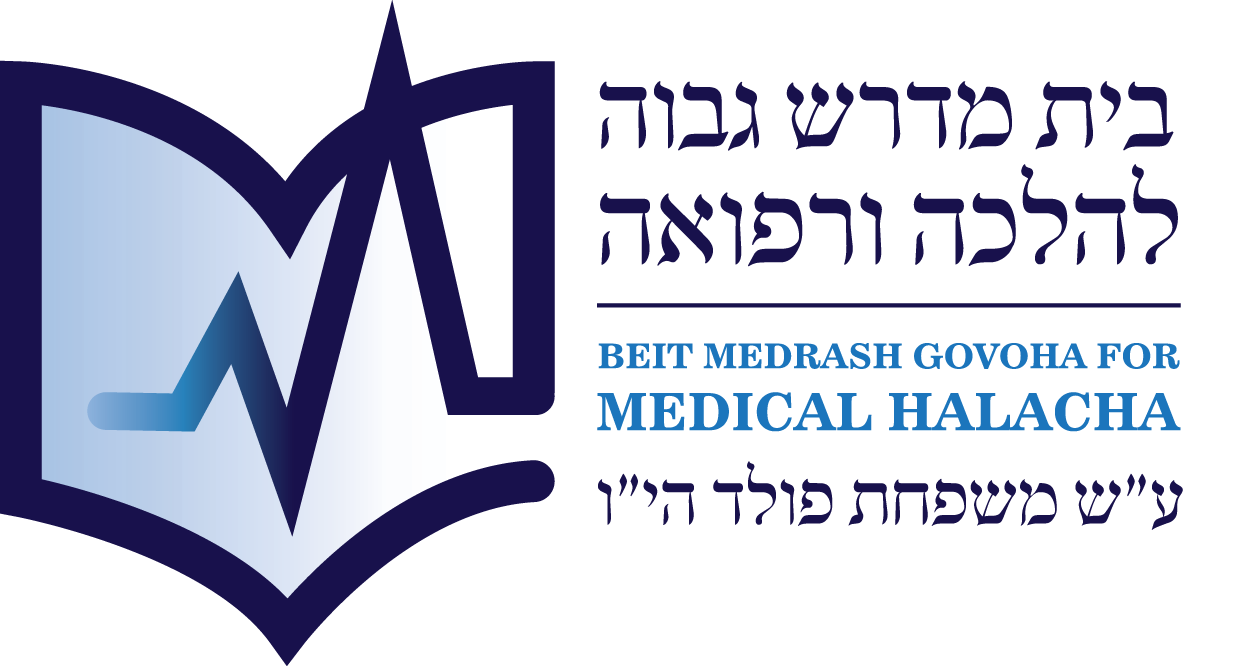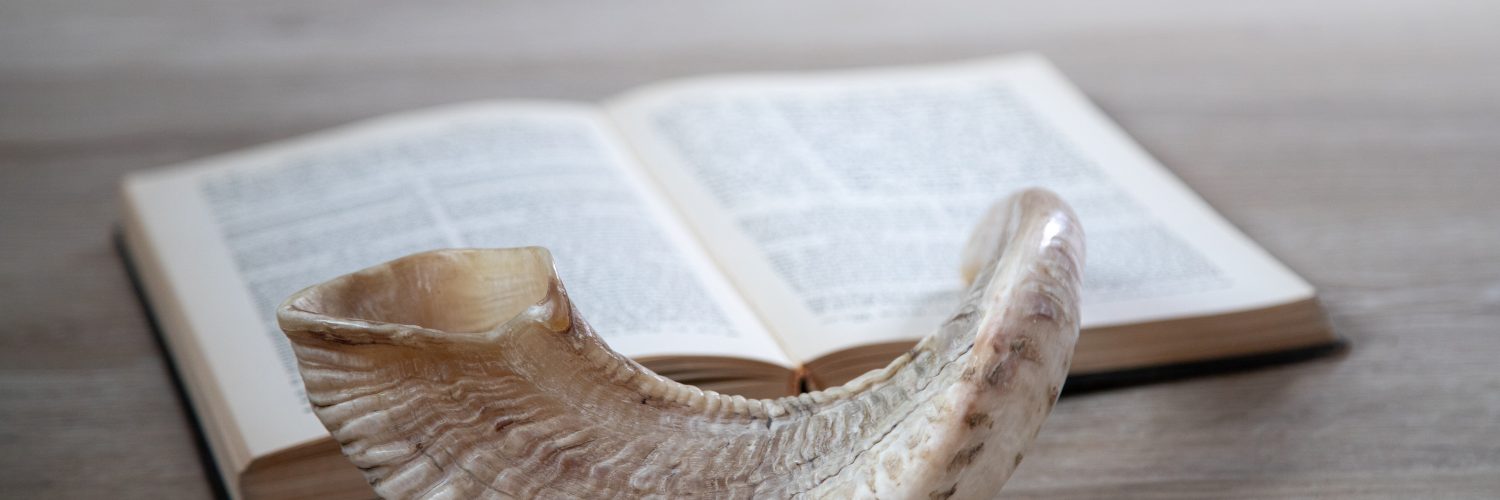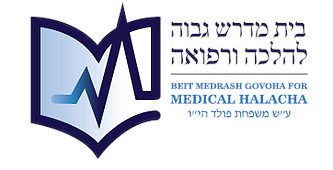Question:
Dear Rabbi Sprung,
I work the morning shift and must arrive very early at the hospital. It is impossible to attend the entire recitation of Slichos in Shul, and even if I Daven alone, I can only recite some of them. Which sections should I prioritize, and which parts may not be said when davening alone?
Answer:
It is best to find a Minyanfor Slichosat another time, such as in the afternoon or after Chatzos. Slichos should not be recitedbetween Sh’kia and Chatzos under any circumstances. The most important thing to say with a Minyanis the Yud Gimel Midos Shel Rachamim. Regarding the other sections of Slichos, see below.
Full Answer:
The central part of Slichosis the Yud Gimel Midos. Hashem made a covenant with Bnei Yisrael that He will be merciful if we recite them before Him in times of distress. However, one may not say them alone but only with a Tzibur (Shulchan Aruch O.C. 565:5).
The Shulchan Aruch rules (ibid.):
An individual may not recite the Yud Gimel Midos as prayer or a supplication for mercy since they are a Davar sheb’Kedusha. But if he merely wants to recite them (“Derech K’ria”) – he may do so.
Despite this ruling, haGaon Rav Asher Weiss Shlit”a asserts that reciting the Yud Gimel Midos Derech K’ria is nothing more than reading words of Torah; it does not have the power of the Yud Gimel Midos that “do not return empty-handed.”[1]
The Arizal was opposed to individuals reciting the Yud Gimel Midos even Derech K’ria. However, the Kaf haChaim 131:23 rules that one may read them with the Trop after davening. Some hold that in this case, the person must complete the Pasuk (until the word “Ribe’im”) rather than stopping at the word “v’Nakei”.Other Poskim do not require this, but further discussion is beyond the scope of the essay.
Given the above, saying the Yud Gimel Midos with the Tzibur is of the utmost importance.
Regarding the order of importance of the rest of the Slichos, Rav Asher considers the Tefilos that are mentioned in the Mishna and Gemara next in line. The Mishna in Ta’anis (15:1) records the Tefila of Mi sheAnah l’Avraham Avinu, and the Gemara (ibid. 14a) records the Tefila of Aneinu Elokei Avraham Aneinu. These Tefilos take precedence because they are from the earliest sources.
The next priority is the recitation of the various P’sukim in the Slichos, such as Ashrei, Lecha Hashem haTzedaka, Shema Kolenu, etc. These are followed by the Piyutim. The P’sukim that are said as an introduction to each Piyut are more important than the Piyutim themselves.
The Rema adds: “An individual may not recite Slichos or vaYa’avor (Maharil in the name of the Or Zarua).”
However, the Mishna Berura comments:
The Acharonim are perplexed by this Halacha – why should an individual not say Slichos that are mere supplications? They agreed that an individual may say Slichos without the Yud Gimel Midos.
Additionally, the Mishna Berura (581:4) quotes the Elya Raba, who holds that the Aramaic sections, such as Machei uMasei and Maran div’Shmaya, should be omitted by an individual. It is also accepted by the Poskim not to say Slichos between Sh’kia and Chatzos under any circumstances, based on the Mishna Berura (565 ibid.). Although R’ Moshe Feinstein zt”l was lenient in a “Sha’as haD’chak”,[2] most Poskim disagree. Certainly, a person should say Slichos with a Tzibur between Chatzos (midnight) and Netz (sunrise) if possible.
Tekias Shofar in Chodesh Elul when Davening b’Yechidus
A doctor once asked me about blowing the Shofar when davening b’Yechidus. In the operating room, surgeries often run much longer than expected. As a result, he sometimes misses the hospital Minyan and ends up davening Shacharis alone. Should he blow Shofar himself at the end of davening, as is the Minhag Yisrael during Elul, or is Tekias Shofar reserved for a Tzibur?
The Tzitz Eliezer (12:48) addresses a very similar case. The Sho’el argued that even a Yachid is included in the Minhag of Tekias Shofar during Elul and adduced proof from the Magen Avraham (581:14). Although the Rema rules that we do not sound the Shofar on Erev Rosh Hashana, the Magen Avraham rules that one may practice at home, because refraining from blowing Shofar in shul suffices to mark the difference between the Tekios of Minhag and the obligatory Tekios of Rosh Hashana. This implies that the Minhag applies even to individuals. If the Minhag were limited to the Tzibur, there would be no concern about practicing Shofar at home on Erev Rosh Hashana, since individual Tekios would fall entirely outside the scope of the Minhag.
However, the Tzitz Eliezer rejects this proof and argues the exact opposite position. The Magen Avraham was addressing a potential stringent interpretation of the Rema. One might have argued that when Chazal prohibited blowing the Shofar on Erev Rosh Hashana to create a clear break between the Tekios of Elul (that are only a Minhag) and the obligatory Tekios of Rosh Hashana, this extended even to an individual in his own home. According to this approach, no sound of Shofar should be heard anywhere on that day to ensure that the distinction between the two types of Tekios is noticed (see the Levush and Taz ibid.). A blanket prohibition would make sense because even when an individual blows in his home, people outside may still hear him.
However, the Magen Avraham argued that refraining from Tekios in Shul is sufficient, as it creates an adequate Hefsek for the Tzibur. His underlying reasoning is that Tekias Shofar during Elul was instituted only for the Tzibur, not for a Yachid. Since the Minhag never applied to individuals, practicing Tekios at home on Erev Rosh Hashana is permissible. The Magen Avraham specifically frames these Tekios as “practice” because there is no other reason for an individual to blow the Shofar at home.[3]
Regarding the original question, the Tzitz Eliezer states:
We have never heard of such a thing – that even those most meticulous in Mitzvos would make an effort to bring a shofar and blow [it] themselves to fulfill the minhag of Tekias Shofar when forced to daven b’Yechidus during Elul. And Yisrael, if they are not Nevi’im, are at least Bnei Nevi’im – and whenever we face a doubt, we say, “Go see what the people do”.
The Tzitz Eliezerprovides a beautiful explanation of the Minhag: When Moshe Rabbenu ascended Har Sinai on Rosh Chodesh Elul, they sounded the Shofar throughout the “Machane” (the camp). A Machane refers exclusively to a Tzibur, not to individuals.
Moreover, even according to the other reason cited by the Poskim[4], that the Shofar is to accomplish “Im Yitaka Shofar ba’Ir v’Am Lo Yecheradu” (Amos 3:6) – “Shall a shofar be sounded in the city, and the people not be afraid?” – that is, to stir the people to Teshuva — this too refers only to a public setting. The Posuk’s reference to “Ir” and “Am” indicates that the arousal to Teshuva evoked by the Shofar is meant for the Tzibur, not for Yechidim.
Standing for Tekias Shofar in Elul
A wheelchair-bound patient asked: since he can stand briefly with effort, is he required to do so during Tekias Shofar in Elul?
The Poskim do not discuss this question explicitly. However, the widespread Minhag is to stand during Tekias Shofar – see Piskei Teshuvos[5] quoting the Shevet haKehasi[6] (3:183). Nevertheless, it seems that one who finds standing difficult is not required to exert himself for these Tekios.
An Avel Serving as Chazan for Slichos
An Avel asked whether he may serve as Shli’ach Tzibur for Slichos. The Mishna Berura rules (581:7):
An Avel within twelve months for a parent [or within thirty days for other relatives] may not serve as Shli’ach Tzibur on Rosh Hashana or Yom Kippur since these days have the halachic status of Regel regarding all matters. But during the days of Slichos, even on Erev Rosh Hashana and during the Aseres Yemei Teshuva, he is permitted [and if there is no other Chazan available, he may even daven on Rosh Hashana and Yom Kippur].
However, the Matei Ephraim (623) notes that in some places the Minhag is that the Avel does not take the Amud during the Aseres Yemei Teshuva, neither for Slichos nor the Tefilos. He adds that some extend this practice to the days of Slichos before Rosh Hashana as well. However, the Noda b’Yehuda (Kama, 32) argues that this is an erroneous custom – the days of Slichos do not have the sanctity of Yom Tov that would bar an Avel from serving as Shliach Tzibur.
Still, the Matei Ephraim and the Kitzur Shulchan Aruch rule that during Shiva he should not serve as Chazan since Midas haDin hangs over him then (see there).
In many communities, the Minhag is that even during the Slichos before Rosh Hashana, an Avel does not take the Amud except for at Ashrei and uVa l’Tzion at Shacharis.[7] Each place should maintain its own Minhag. But an Avel should certainly not serve as Shliach Tzibur during Shiva for Slichos or any of the Tefilos, particularly on Erev Rosh Hashana.[8]
[1] [Editor’s note: See Rosh Hashana 17b]
[2] ]Editor’s note: See Igros Moshe O.C. Vol 2:105 – Rav Moshe writes “it is necessary to publicize that this is a Hora’as Sha’a only because of the extenuating circumstances [and] applies only this year. In the coming year, they must recite Slichos at the proper time.”]
[3] The Magen Avraham adds that the only reason to prohibit blowing Shofar altogether on Erev Rosh Hashana would be to confuse the Satan.
[4] [Editor’s note: See Tur ibid.]
[5] R’ Simcha Benzion Eizik Rabinowitz shlit”a
[6] R’ Shamai Kehas haKohen Gross shlit”a
[7] See the Noda b’Yehuda (Kama 141:32) who mentions this Minhag and dismisses it. An Avel is only disqualified from taking the Amud on Yom Tov. However, the Pri Megadim argues that an Avel is disqualified due to the Midas haDin hanging over him; if so, the concern also extends to Slichos. See the Teshuras Sha”i 531 who argues that the Minhag stems from the Rema who states that it is customary for the person who takes the Amud for Slichos to take the Amud for the other Tefilos of the day. This person even takes precedence over an Avel. If so, in Shuls where the Rema’s Minhag is not practiced, an Avel may take the Amud.
[8] Matei Ephraim and Kitzur Shulchan Aruch ibid.











Add comment